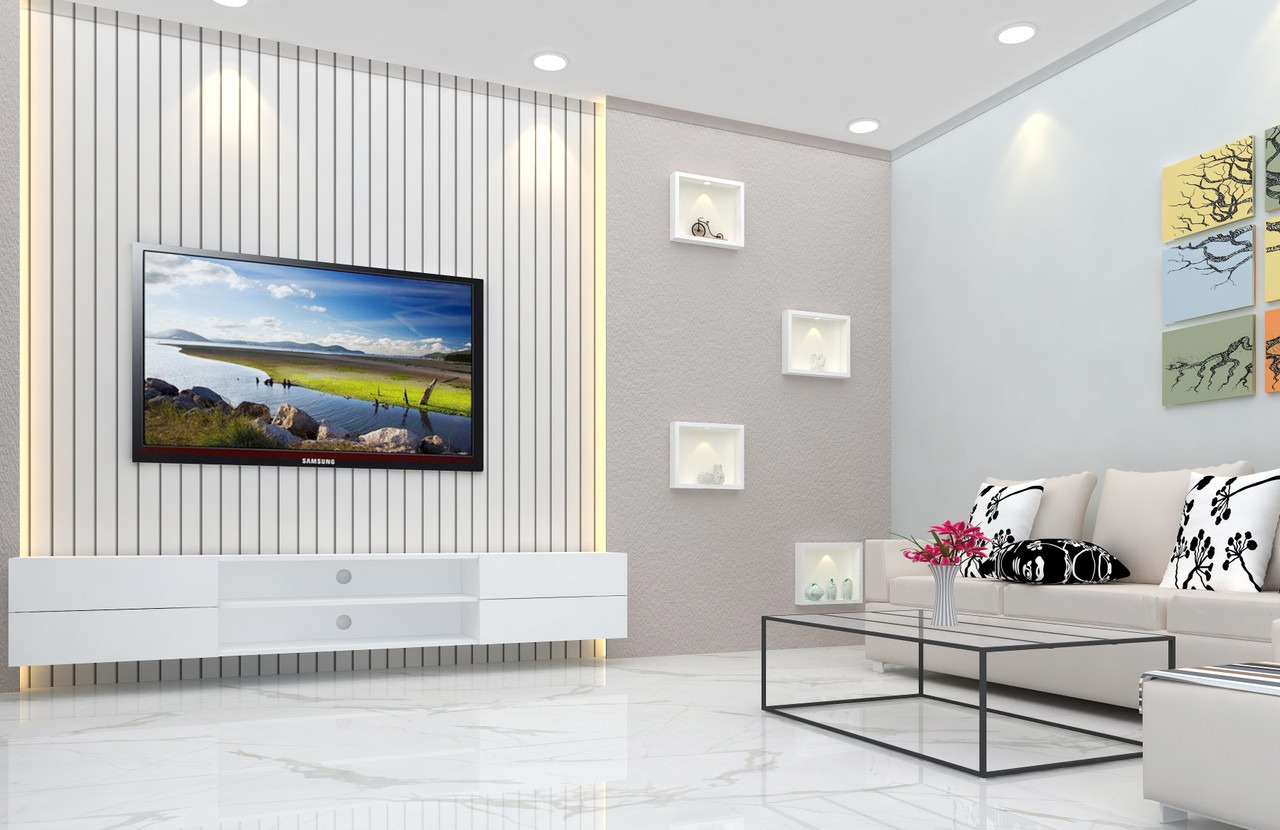A TV console is often one of the most important pieces in a living room. It anchors the television, hides away wires, and offers storage, but beyond practicality, it also plays a big role in defining the overall style of the space. Choosing a console that works well with your other furniture can make the difference between a room that feels cohesive and one that feels disconnected. When thoughtfully selected, the TV console becomes a seamless part of your interior story rather than standing out as a mismatched piece.
Designing harmony between your console and your furniture is not about having everything look exactly the same, but rather about creating balance. A well-chosen TV console ties together colors, textures, and proportions to complement existing pieces. It can reflect your personal taste and help set the tone of the room, whether that’s sleek and modern, rustic and warm, or timelessly elegant.
Understanding the Role of the TV Console
The TV console has evolved from being a simple storage unit into a statement piece of décor. It does not just hold the television but becomes an extension of your design aesthetic. Since the television is typically a focal point in a living room, the furniture beneath it naturally draws attention too. That is why choosing a style that complements your sofa, coffee table, and side chairs is crucial.
A console that feels out of place can create visual imbalance. For example, a highly ornate console paired with ultra-modern furniture might look forced, while an industrial-style console in a traditional room may seem disconnected. By understanding that the TV console is both functional and decorative, you set the foundation for a more cohesive space.
Matching Materials and Finishes
One of the simplest ways to align your TV console with your furniture is by focusing on materials and finishes. If your living room features wooden furniture, choose a console in a similar wood tone or one that contrasts in a way that feels intentional. For example, dark walnut consoles can pair beautifully with light oak coffee tables if other design elements echo the darker shade.
Finishes such as matte, glossy, or distressed also play a role. A glossy white console works well in a minimalist room filled with sleek surfaces, while a distressed wood console fits into rustic or farmhouse interiors. Consistency in finishes helps avoid clashes, giving your space a sense of unity and flow.
Considering Proportions and Scale
The size and proportions of your TV console matter just as much as its style. A console that is too large can overwhelm smaller furniture, while one that is undersized may look insignificant compared to bulkier pieces. Ideally, the console should align with the scale of your sofa and coffee table.
For balanced design, think about visual weight. If your sofa is low and streamlined, a slim console with a floating design may be ideal. On the other hand, if your furniture is plush and substantial, a heavier console with sturdy legs or storage compartments will balance the room. Matching scale ensures that no piece feels out of place or disproportionate.
Coordinating Colors and Palettes
Color harmony is one of the most effective ways to connect your TV console with your furniture. If your living room follows a neutral palette with shades of beige, cream, and gray, a console in similar tones will naturally blend in. For more vibrant interiors, a pop of color in the console can echo an accent chair or patterned rug.
The key is to maintain cohesion. Avoid introducing a color that has no connection to the rest of the room, as it may feel abrupt. For instance, if you have hints of brass in your coffee table legs or decorative lamps, choosing a console with brass handles or trim ties everything together effortlessly.
Blending Styles for a Cohesive Look
Matching style does not necessarily mean sticking to one theme throughout the room. Mixing and blending styles can work beautifully if done with intention. A modern sofa can be paired with a mid-century TV console, as long as the two share common features such as clean lines or tapered legs. Similarly, a rustic console can bring warmth to an otherwise contemporary setting.
The secret lies in subtle connections. A piece of décor, like a rug or wall art, can serve as a bridge between contrasting furniture styles. This way, the console stands out while still feeling part of the whole design language. Homes in cities like Karachi, where modern apartments often feature compact living spaces, benefit greatly from such thoughtful blending. It allows homeowners to showcase personal style while keeping functionality in mind. A stylish tv console Karachi buyers choose should be versatile enough to complement both traditional and modern interiors.
Balancing Functionality with Style
While aesthetics are important, the practical aspects of a TV console should not be overlooked. Consider the storage needs of your living space. Consoles with closed cabinets help maintain a clean, clutter-free look, while open shelving can display books, plants, or décor items. The functionality you choose should reflect your lifestyle.
For families, consoles with additional compartments for gaming consoles, remotes, or media collections may be essential. For minimalists, a streamlined unit with cable management features keeps everything tidy. Matching functionality with your furniture layout ensures that the console supports how you live in the space while maintaining its stylistic role.
Creating Symmetry in Layout
Placement and symmetry also influence how well your TV console integrates with your furniture. Positioning the console centrally beneath the television establishes visual balance. From there, ensure surrounding furniture such as sofas, side tables, and chairs are arranged to complement this focal point.
Symmetry does not always mean perfect mirroring. It can also be achieved through visual balance. For instance, if one side of the console features a tall floor lamp, the opposite side could hold a potted plant of similar height. These balancing touches help the console feel naturally integrated into the room.
Adding Personal Touches
A TV console also serves as a canvas for personal expression. Styling it with décor items that reflect your personality can further tie it to the rest of your furniture. Family photos, curated books, or art objects can echo colors or textures already present in the room. This creates subtle connections that make the console feel like a natural extension of the overall design.
When accessorizing, keep proportion in mind. A console that is overwhelmed with decorations may lose its purpose, while one that is completely bare can look unfinished. Aim for a balance that highlights the console’s design while connecting it to the other elements of the room.
Adapting to Different Interior Styles
Different interior themes demand unique approaches when matching your console. In a Scandinavian-style room, a simple wooden console with clean lines complements the emphasis on minimalism and natural textures. In contrast, a glamorous living room filled with metallic accents and plush seating might call for a mirrored or lacquered console that adds sparkle.
Industrial spaces benefit from consoles made with raw materials like metal and reclaimed wood. Traditional settings, on the other hand, thrive with rich wood tones and ornate details. By adapting your console style to your chosen interior theme, you ensure that it does not stand out awkwardly but enhances the intended atmosphere.
Conclusion: Achieving a Harmonious Living Space
Matching your TV console with your furniture is about creating balance and harmony rather than uniformity. Paying attention to materials, colors, proportions, and functionality helps the console blend naturally with existing pieces. Whether you prefer a minimalist modern look, a cozy rustic charm, or a more eclectic mix, the key lies in thoughtful connections that tie the room together.


